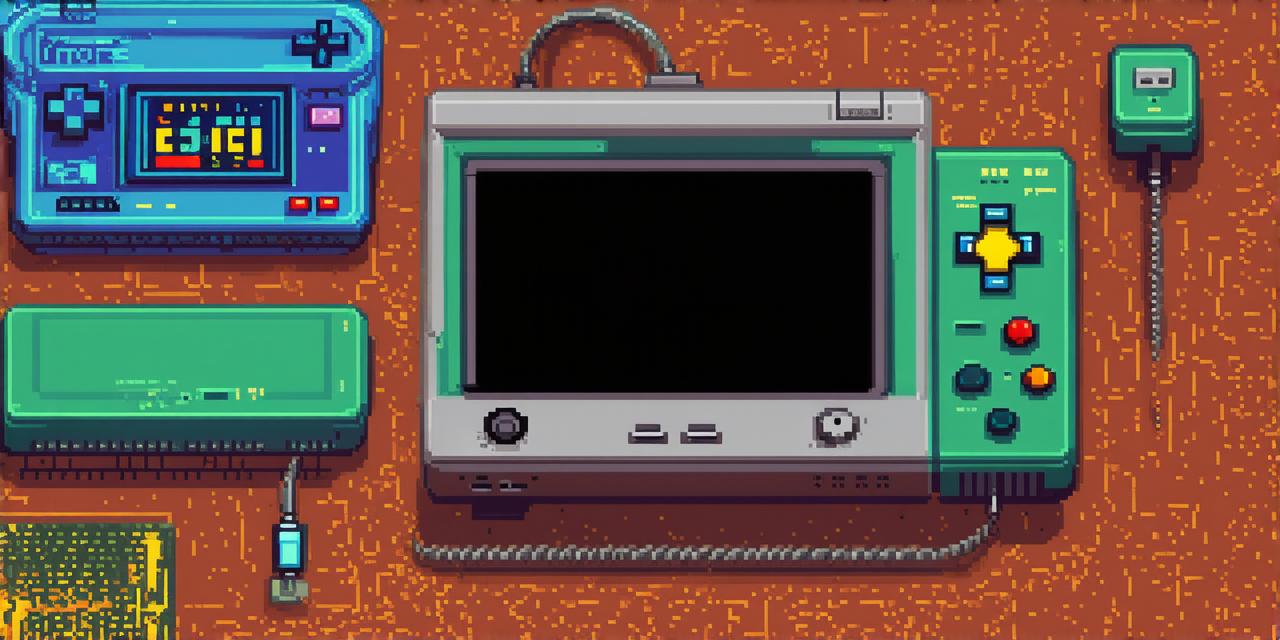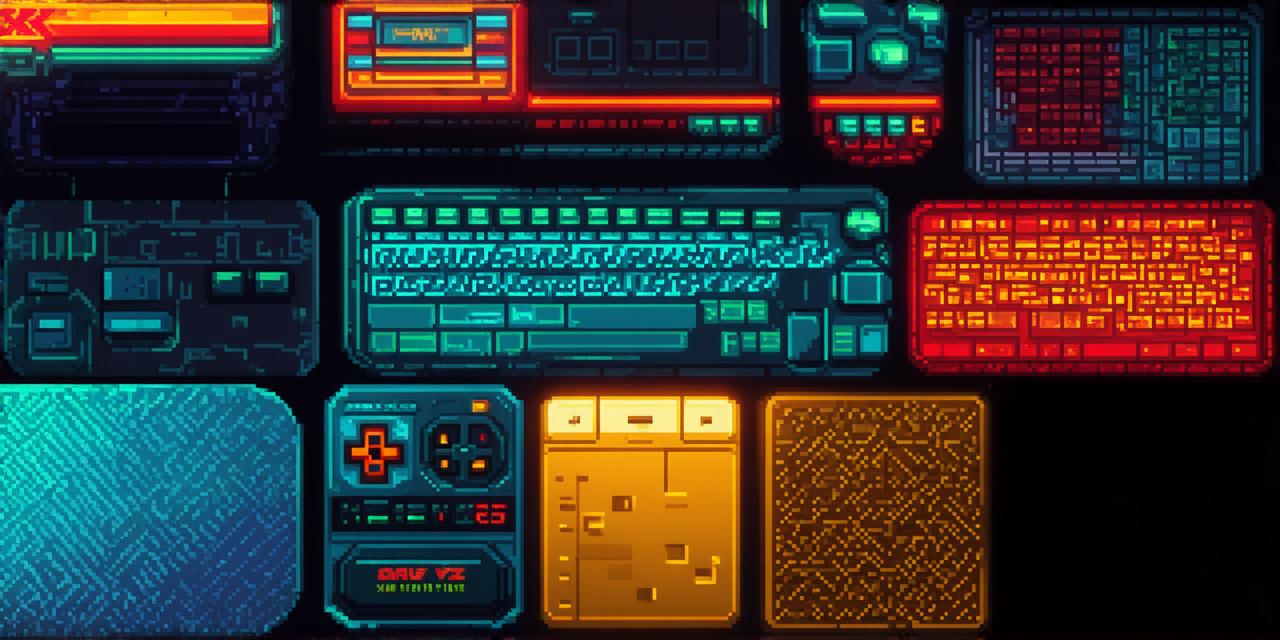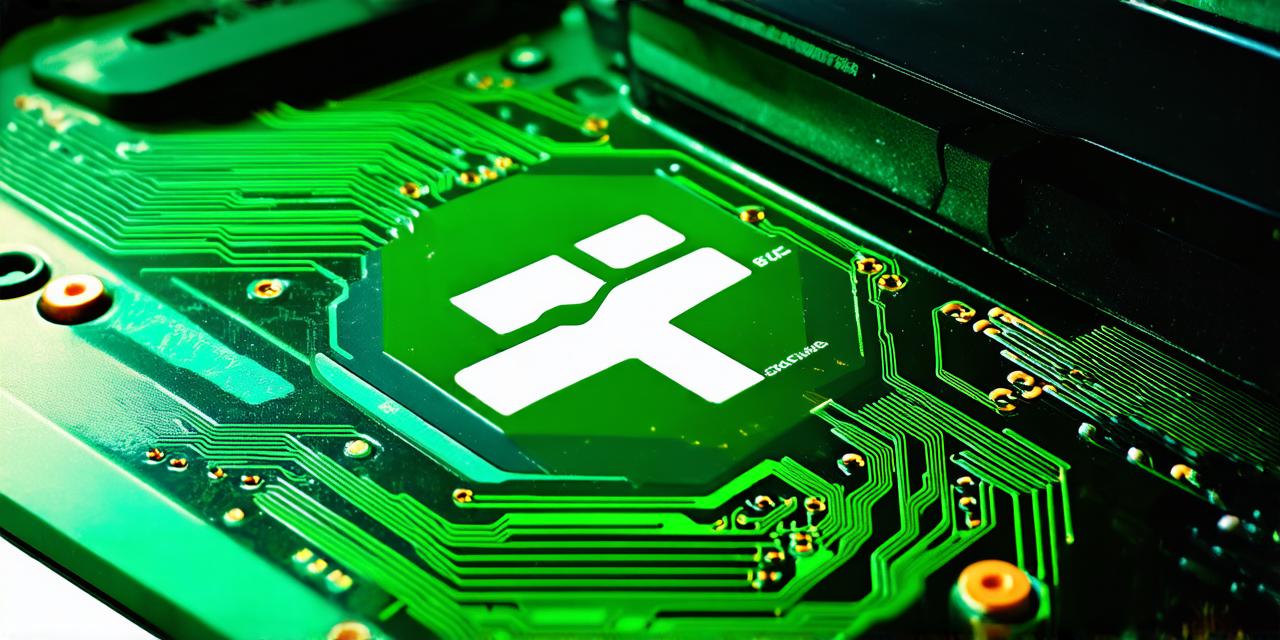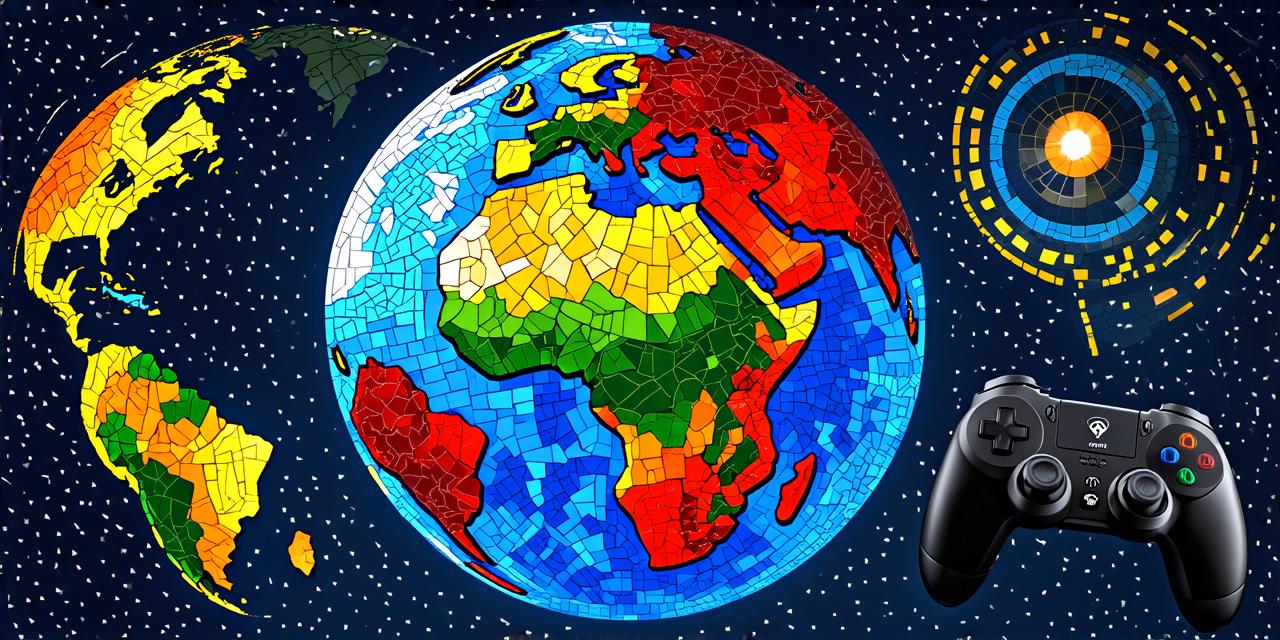What is the beginning of a video game called
The Roots of Video Games
The origins of video games can be traced back to ancient times, where simple games and puzzles were played for entertainment and social interaction. Some of the earliest known examples of video games include:
- Go: A two-player strategy game that originated in China over 2,500 years ago.
- Senet: An ancient Egyptian game that involves moving pieces across a board to reach the end. The objective of the game is to be the first player to get all of their pieces off the board, which requires strategic planning and skill.
- Chaturanga: A precursor to chess that originated in India over 1,500 years ago. Chaturanga was a two-player strategy game that involved moving pieces across a board with the goal of capturing the opponent’s king.
These ancient games laid the foundation for modern video games by introducing concepts such as strategy, problem-solving, and competition. However, it wasn’t until the 20th century that video games began to take on a more recognizable form.
The Birth of Video Games in the 20th Century
In the early 1950s, computer scientists started experimenting with simple games and simulations as part of their research. One such game was OXO (also known as noughts and crosses), a tic-tac-toe simulation created by Alexander S. Douglas in 1952.
As technology advanced, video games began to take on a more interactive and immersive form. In the 1960s and 1970s, early home consoles such as the Magnavox Odyssey and the Atari 2600 brought video games into homes around the world. These consoles featured simple games that could be played by multiple players, such as pong and Space Invaders.
The Emergence of Modern Video Games
With the advent of personal computers and advanced graphics technology, video games began to evolve at a rapid pace. In the 1980s and 1990s, we saw the rise of platformers, adventure games, and role-playing games that offered players more complex and immersive experiences.
Some of the most iconic video games of this era include:
- Super Mario Bros.: A classic platformer game released in 1985 for the Nintendo Entertainment System (NES). Super Mario Bros. introduced players to the world of Mario, a plump Italian plumber who could jump and run through levels filled with enemies and obstacles.
- The Legend of Zelda: Ocarina of Time: An adventure game released in 2000 for the Nintendo 64. The Legend of Zelda introduced players to the world of Hyrule, a medieval-fantasy realm populated by elves, fairies, and other magical creatures.
- Grand Theft Auto III: A role-playing game released in 2001 for the PlayStation 2. Grand Theft Auto III offered players an open-world experience where they could explore a virtual city filled with missions, side quests, and opportunities for mischief.
The Future of Video Games
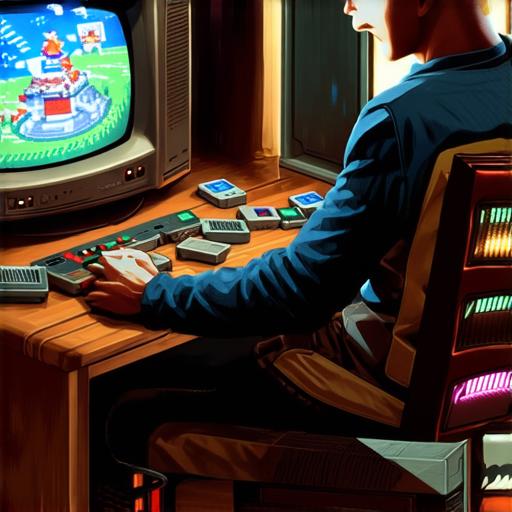
As technology continues to advance, video games are expected to become even more immersive and interactive. Virtual reality (VR) and augmented reality (AR) technologies are poised to revolutionize the way we experience games, allowing us to step into the game world and interact with it in new and exciting ways.
In addition, advances in artificial intelligence (AI) and machine learning are opening up new possibilities for game development, allowing developers to create more realistic and intelligent NPCs (non-playable characters). This has the potential to make video games even more engaging and immersive, as players will be able to interact with characters that behave more like real people.
Conclusion
The beginning of a video game can be traced back to ancient times, where simple games and puzzles were played for entertainment and social interaction. In the 20th century, video games began to take on a more recognizable form, with early home consoles and personal computers bringing interactive experiences into homes around the world. Today, we are seeing the emergence of new technologies that are poised to revolutionize the way we experience games, making them even more immersive and interactive. As video games continue to evolve, it will be exciting to see what the future holds for this ever-popular form of entertainment.
